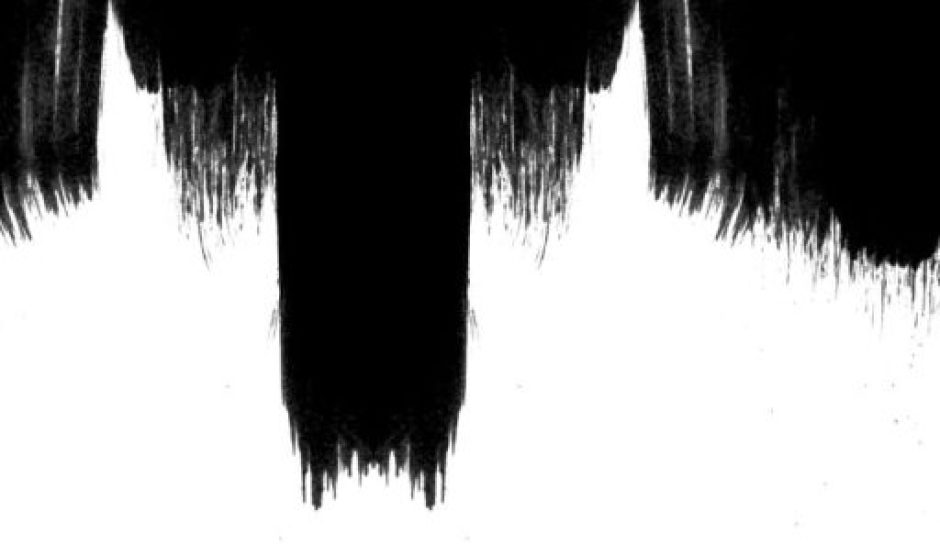A Reflection on: Spark: UAL Creative Teaching and Learning Journal / Vol 3 / Issue 1 (2018) ‘On the spectrum within art and design academic practice’ – Luca M. Damiani.
In the article On the spectrum within art and design academic practice by Luca M. Damiani, Media Artist and Associate Lecturer, BA (Hons) Graphic and Media Design, LCC. Damiani shares personal experience through a series of artworks that aim to make visual neurodiversity, starting with an introduction and then moving through to an inside view of his brain responses as a neurodivergent artistic practitioner. The work is intended to create discussion around neurodivergent thinking, through the lens of his personal experience as a practitioner with Asperger syndrome.
The fact that neurodiversity is so ‘common’ and on some level expected within the artistic community it is astonishing how little we discuss the subject and allow space for understanding.
Damiani gives a short historical context to the neurodiversity as a term, as noted. ‘The term was first introduced in the late 1990s, neurodiversity means neurological diversity (Blume, 1998; Singer, 1999). It embraces many aspects of the brain’s functions and neurological diversity (Pollak, 2009), encompassing autism, dyslexia, dyspraxia, dyscalculia, Asperger’s and attention deficit hyperactivity disorder (ADHD). These are grouped by the different ways that neurons are connected, which brings differences in thinking, in seeing, in filtering, in analysing and responding to what surrounds us (i.e. sound, smell, light, colours, space, images, data, objects, etc). These differences in thinking affect aspects of perception and interaction, such as learning, literacy, speech, socialising, communication, relationships, talents and the ability to focus and concentrate. Each neurodivergent individual is different, even when diagnosed with the same condition as someone else. Each experience of the condition is unique’. (Damiani 2018).
This is incredibly helpful information, the key learning for me is each neurodiverse person is different! – this rang out, of course I know this intrinsically, but unless a student offers personal insight how can I understand the individual neurodiverse needs? without actual insight. I do personal tutorials at the start of term, sometimes information is shared, mostly I rely on instinct to support.
The fascinating aspect of this article is the way Damiani draws us into his visual pattern of thought, how he sees or uses his work to create a space for dialogue around the unique abilities of his neurodiverse brain. The focus on ability and potential is key as research on neurodiversity in art education have uncovered that art and design subjects have a higher proportion of dyslexia students, noted in the article (Bacon and Bennett, 2012).
I was fascinated to read an on-line article ‘The art of being dyslexic’, (The Independent 1997). A study by educational psychology Diana Appleyard conducted at CSM, researching the link between creative arts education and neurodiversity. She took an entire cohort of Art and Design Foundation students and following standardise test to detect a recognised learning difficulty, reported that over three quarters of the students (voluntarily) tested were found to have some form of dyslexia.
So, if I assume that much of the artistic community is or may be neurodiverse perhaps the dialogue around the subject and vast creative potential could be expanded, to support and celebrate the ‘new normal’. As already discussed in my blog ‘ Diffability’ I have experienced first-hand, as a student, and know UAL disability services are amazingly supportive. This is the support for, and that great, I am as a tutor more interested in the potential of neurodiversity as discussed by Damiani in this paper, to focus on ability and the potential to visualize the world in a different way, in the development of the individual. Understanding the individual and exploring diversity through their artistic practice with them is an exciting thought, and as I reflect it is how I operate already. I am inspired to develop a deeper understanding in my teaching practise. I can rarely say I know my students, not really know them. I see a side of the person that they present to me, if they are neurodiverse, they will probably be masking at most times, as I do. I have experienced students that can’t connect to their practice or focus on their work but will start to produce quietly in isolation when the brain triggers. No one student is the same – just as no ONE brain is the same.
References:
Appleyard, D. ‘The art of being dyslexic’, (1997) Independent On-Line, Available at: (Accessed 18th January 2024).
Damiani. L.M. (2018). ‘On the Spectrum Within Art and Design Academic Practice’ , Vol. 3 No. 1.pp, 16-24
Referenced From Article: See PDF Attached for links:
Bacon, A.M. and Bennett, S. (2012) ‘Dyslexia in Higher Education: The decision to study art’, European Journal of Special Needs Education, 28(1), pp.19-32.
Pollak, D. (2009) ‘Neurodiversity in higher education: Positive responses to specific learning differences’. New York: John Wiley
